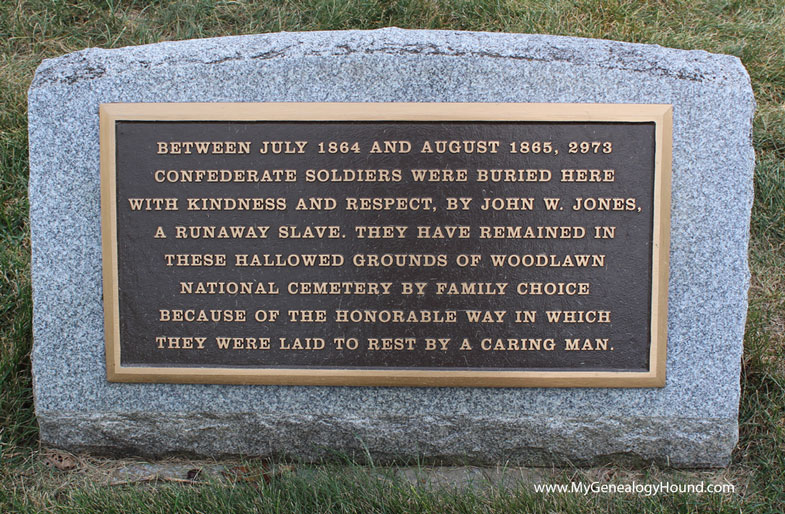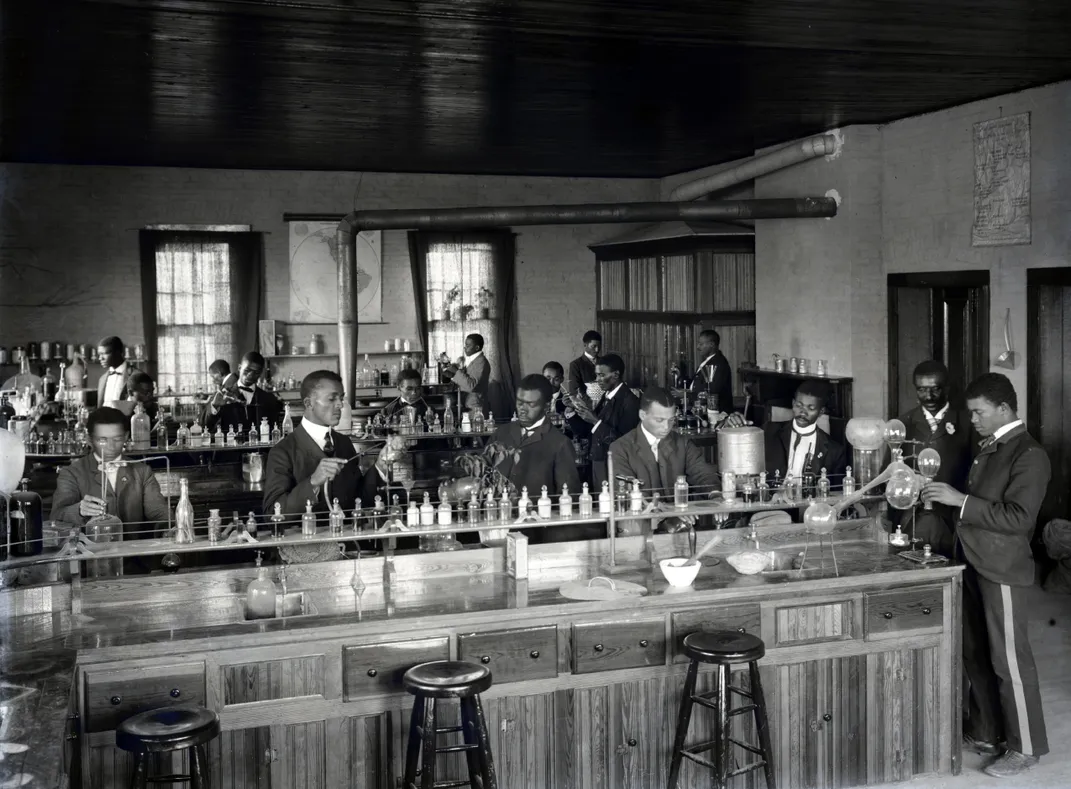Not sure if all the inventions on the list above have been fact checked. Looked up the stethoscope because I remembered reading it was invented by a French doctor earlier than the date on the list. It was invented by
French physician Rene Laennec in 1816.
One of the most under-represented on the list (and one of my personal heros) is agronomist and botanist George Washington Carver who is mostly known for researching peanut products but
this Smithsonian article shows his work was so much more extensive than that one crop. In the late 19th and early 20th century he was researching and promoting sustainable farming practices that still are relevant for today's organic and permaculture farmers. It was this work that led him to promote growing peanuts (nitrogen fixers) to restore soil depleted by cotton as a mono crop. Once he had farmers growing peanuts to improved depleted soil, he then researched ways in which to use and market the peanut crop, but that was just one facet of his vast body of valuable work. Because of his work developing products from peanuts and other crops he introduced for crop rotation, he is known as the Father of Chemurgy--a branch of applied chemistry concerned with preparing industrial products from agricultural raw materials.
Born a slave in Missouri, his mother was stolen by slave raiders when he was weeks old. An older brother who raised George searched for her following emancipation but was never able to find what happened to her. As a child, George was relentless in pursuit of an education and set out alone as a young teen pushing through racial barriers along the way to get it. He began studies in 1891 as the first black student at Iowa State and received his master's degree there in 1896. In 1994--waaaaaay too late but better later than never--Iowa State awarded him posthumous doctorate. Following Iowa State, Carver moved to Alabama to take a teaching position at the Tuskegee Institute. It was in Alabama that he saw the plight of black small farmers and sharecroppers trying to make a living growing crops in nutrient depleted soil. That led to his interest, research and promotion of natural, sustainable agriculture practices which he carried to the wider South.
Carver lived a frugal life on campus at the Tuskegee Institute. At his death in 1943, he had a savings of $60,000 which he left to the George Washington Carver Foundation at the Tuskegee Institute. His epitaph reads: "He could have added fortune to fame, but caring for neither, he found happiness and honor in being helpful to the world."
Partial list of honors:
- 1923, Spingarn Medal from the NAACP, awarded annually for outstanding achievement.
- 1939, the Roosevelt Medal for Outstanding Contribution to Southern Agriculture
- 1943, Liberty ship SS George Washington Carver launched
- 1951-1954, U.S. Mint features Carver on a 50 cents silver commemorative coin
- 1965, Ballistic missile submarine USS George Washington Carver launched.
- 1943, the US Congress designated January 5, the anniversary of his death, as George Washington Carver Recognition Day.
- 2002, Iowa Award, the state's highest citizen award.
Professor Carver in his teaching lab (second from right).








